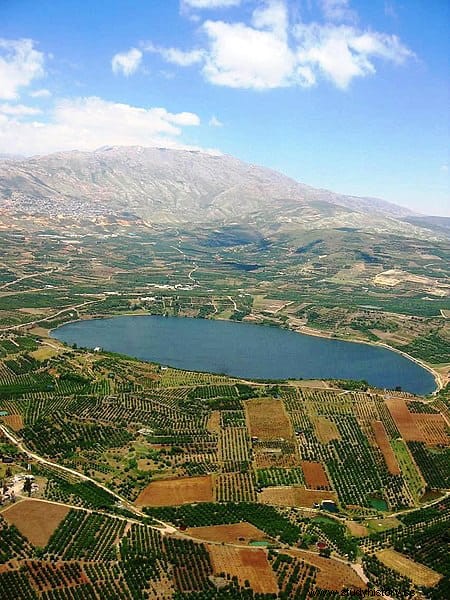prehistoric art it is far from offering certainties and around it everything, or almost everything, is interpretations which vary considerably from author to author.
Especially with regard to its meaning and usefulness. It is something that focuses above all on cave paintings, more than anything because a greater number of them are preserved than sculptures . These are practically reduced to statuettes carved in various materials (bone, ivory, terracotta, stone, wood...), of which the most representative example is the famous Paleolithic Venus .
There are not many, around a hundred that have been appearing since the discovery of the first, that of Brassempouy, in 1893. Most are dated to the Gravetian periods. and Solutrean , covering the later characteristics different from the older ones (the ruddy and steatopygal forms were replaced by other stylized ones); this supposes a chronology between 20,000 and 30,000 years behind approx. However, in 1981 and 1999 two discoveries were made that could destroy all these concepts:the Venus of Berejat Ram and So-So .

The first was found by the archaeologist Naama Goren-Inbar , of the Hebrew University of Jerusalem, in the homonymous lacustrine crater, at the foot of Mount Hermon, in the Mas'adah region, which is a neighboring area of the Golan Heights , that strategically located chain between Israel, Syria, Lebanon and Jordan and that is used as a natural border between these countries. The piece is a very small figure, barely 3.5 centimeters, made of reddish volcanic rock and that has avaguely anthropomorphic appearance . So far, nothing extraordinary apart from the fact of incorporating a new Venus to the Paleolithic family.
The problem arose when the corresponding chronological dating was carried out, which showed an antiquity of between 250,000 and 280,000 years , breaking all schemes. The date seems quite certain, considering that it was made based on tephrochronology analysis of the ash layer in which the piece rested. What happens is that this would place its manufacture in the Acheulean period. , where Homo erectus lived and Homo ergaster :two of our most distant ancestors (some consider them to be the same species), who had an advanced stone industry based on bifaces and other worked tools but without a trace of artistic manifestations so far.
The Venus of Berejat Ram, despite being quite worn by erosion, shows three incisions which have been much discussed because they seem to match the shapes of the arms and neck. Some specialists, such as Steven Mithen, consider that it is a stone to which nature has given a capricious human shape and that the incisions would result from its manipulation without any artistic pretension . Others believe that the use of a sharp instrument is patent. , although they admit the possibility that the resemblance to a human female was accidental. Finally, there are those willing to accept that Homo heidelbergensis it could have developed an incipient art, which would thus be the first in our history (or in our prehistory, to be exact); They are a minority, it must be said, and their main defender is the North American Alexander Marshack .

The doubt is still there and the discovery in 1999 of the Tan-Tan Venus has only increased the controversy. It is another presumed anthropomorphic figurine, in this case of quartzite and 6 centimeters, which was unearthed by the German archaeologist Lutz Fieldler in a sedimentary basin of the Draa river in Tan-Tan, north of Morocco . It so happens that the lithic record that accompanied it was Acheulean, which gave the find similar characteristics to that of Berejat Ram. Therefore, also the same debate.
Indeed, a part of the scientific community insists that it is a stone to which chance It has been endowed with a human aspect and whose percussion marks are due to having been used as an anvil; This is the case of Professor Stanley Ambrose, from the Urbana-Champaign University of Illinois. Opposite are others like Robert Bednarik, president of the International Federation of Rock Art Organizations, who defend the artistic intention of the statuette. And, as in the previous case, there are also some who syncretize both positions suggesting that the shapes of the stone were natural but that some protoartist he highlighted them.
As it seems impossible to reach a safe and definitive conclusion, the question is still up in the air, hoping that perhaps one day a Venus will appear to resolve the doubts.
